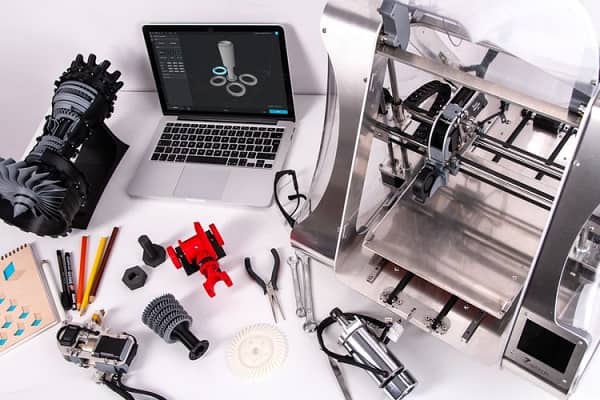Gestion de servicios de TI is the process of ensuring that a company’s technology services meet and exceed commercial expectations. To effectively deliver these services, they must be constantly updated and monitored for effect. These services must also be mapped and properly activated. This article describes what exactly is required to implement effective IT Service Management. Whether your company has a service desk or an in-house IT department, there are some key steps you need to take to ensure a high-quality service.
Contents
IT Service Management
ITSM encompasses the entire range of IT services provided by an organization. By using these processes, an organization can reduce costs, streamline employee tasks, improve availability and security, and automate reporting. These are just a few of the benefits of ITSM. If you’re considering using ITSM in your organization, read on to learn how you can benefit. And, what’s more, it’s free! Learn how to start using ITSM in your business today.
ITIL
The key to successful ITIL Service Management is to integrate it into every activity and project. In this way, it is able to align with the efforts of digital transformation. Additionally, the concept of ITIL Service Management can be extended to other areas of a business. For example, companies can extend it to their customer support and supply chain management processes. It’s important to balance the four dimensions of IT management when designing and implementing a new service.
Service Desk
The service desk is a central point of contact for all IT communications. The majority of these communications are related to Incident Management tickets, however there are other types of communication, as well. This article will discuss the role of the service desk in an organization and how it can help improve the productivity of end users. Also, it will discuss the benefits of integrating service desk functions into the management infrastructure. Using a service desk software, you can track and analyze tickets, track your staff, and get insights into your overall efficiency.
Problem management
The main objective of Problem Management is to prevent incidents from occurring again. Repeat incidents increase the number of incidents, reduce customer satisfaction, and damage the service desk’s reputation. Shadow IT initiatives are also likely to increase. Problem management can help prevent these situations from happening by identifying and prioritizing contributing causes. However, there is one crucial difference between Problem Management and Incident Management. The difference is in how the two processes are triggered.
Also read: Time for a New Tech Career? How to Find the Best IT Job
Change management
TI services companies often need change management to ensure a smooth transition. Managing change is difficult and most changes can’t be accomplished in a spreadsheet. To measure success, you need to set key metrics and feedback tools to keep track of change. Change management software can also help you walk people through new programs and processes. Investing in this type of software can save your organization time and money, too. Read on to learn how.
Incident management
The GKE service, which carries out global data exchange, was experiencing outages when a bug in its cloud infrastructure caused a disruption. The incident required coordinated decision-making and interaction among different teams. The Incident Commander assigned the appropriate operations team members from both teams and worked with them directly. Despite the tumultuous nature of this incident, the Incident Commander was able to focus on the most critical aspect of the incident and communicate its implications to real customers.




